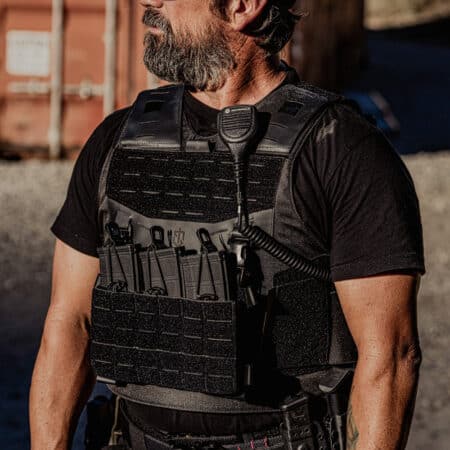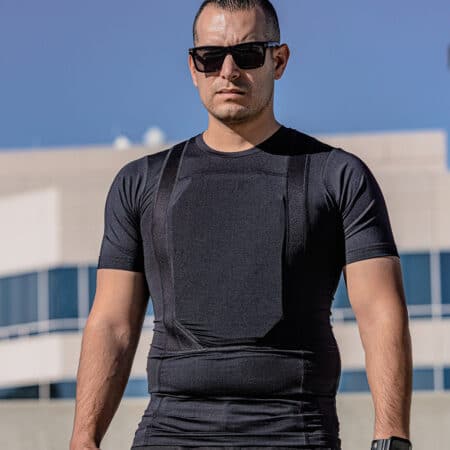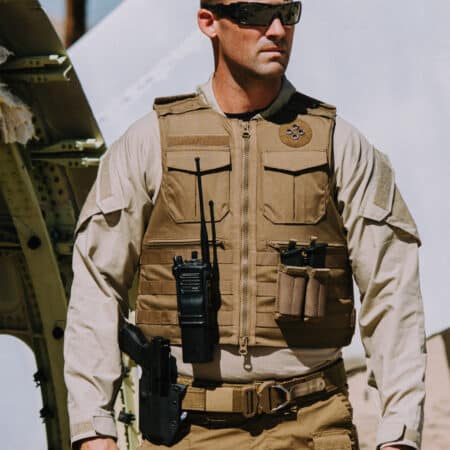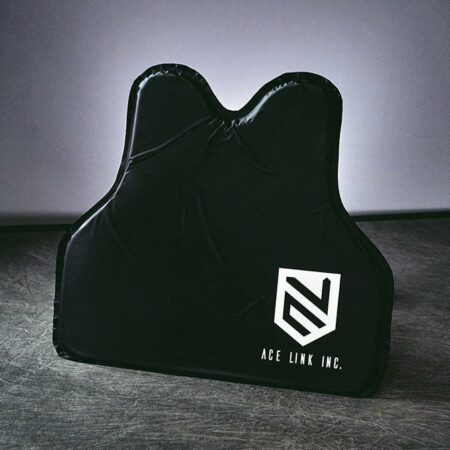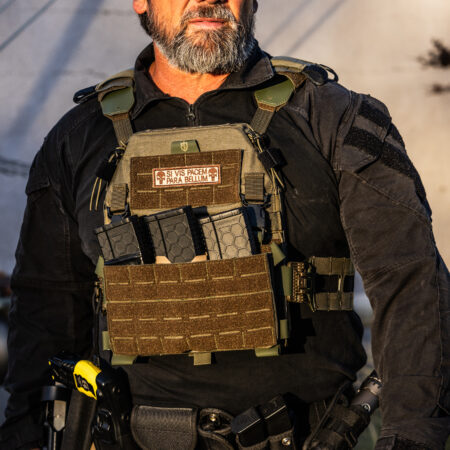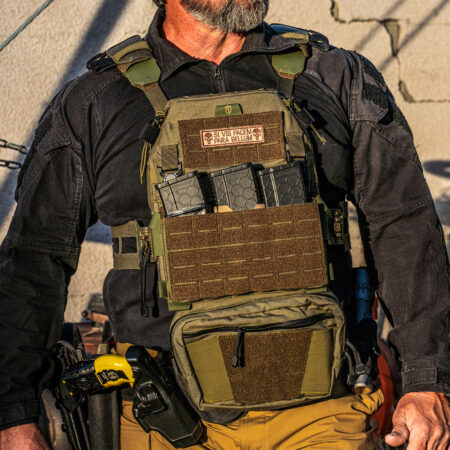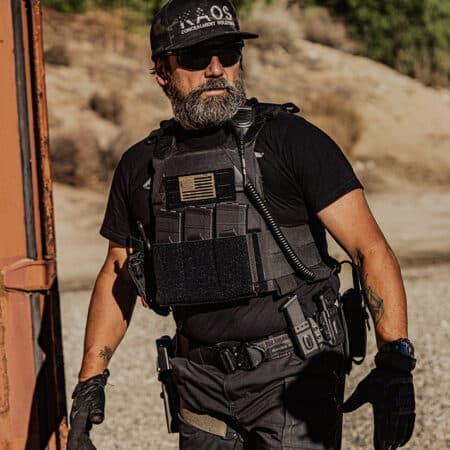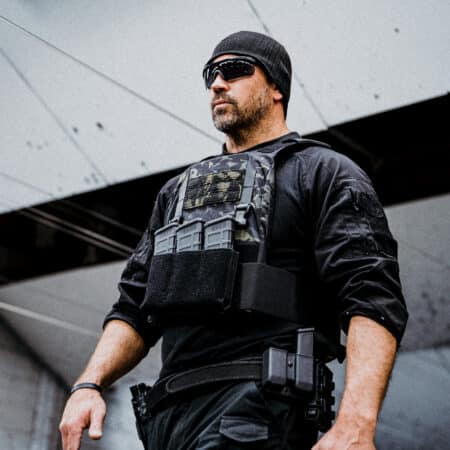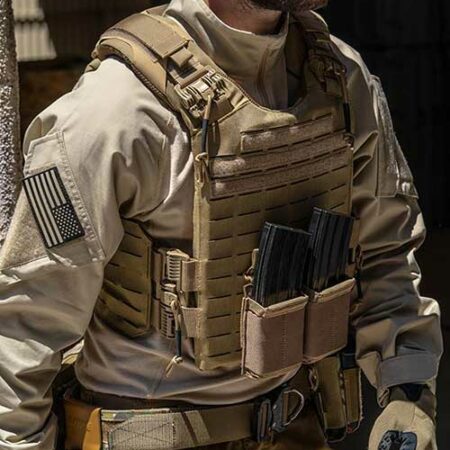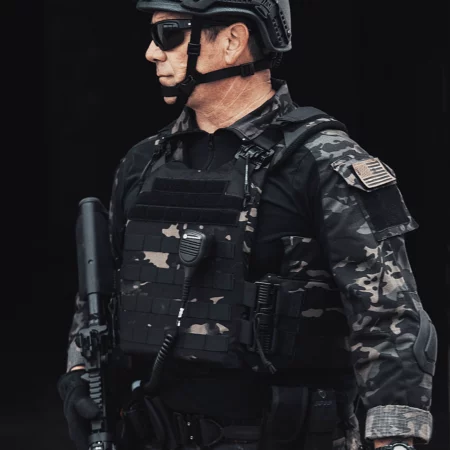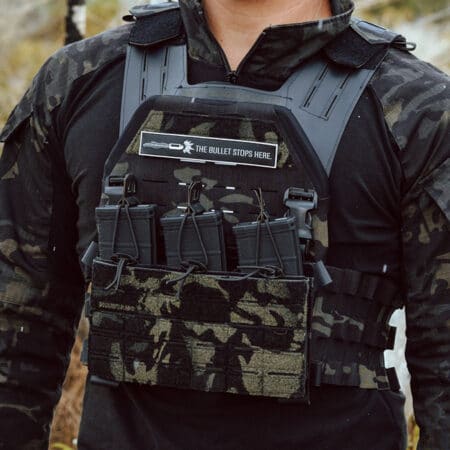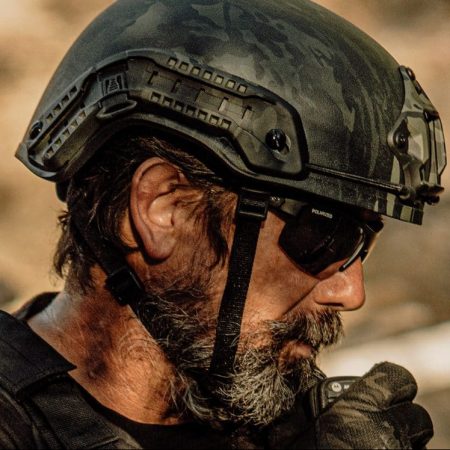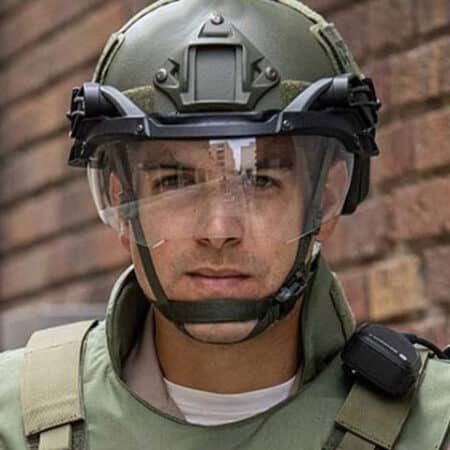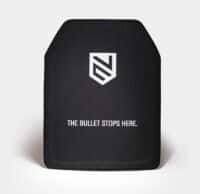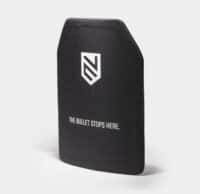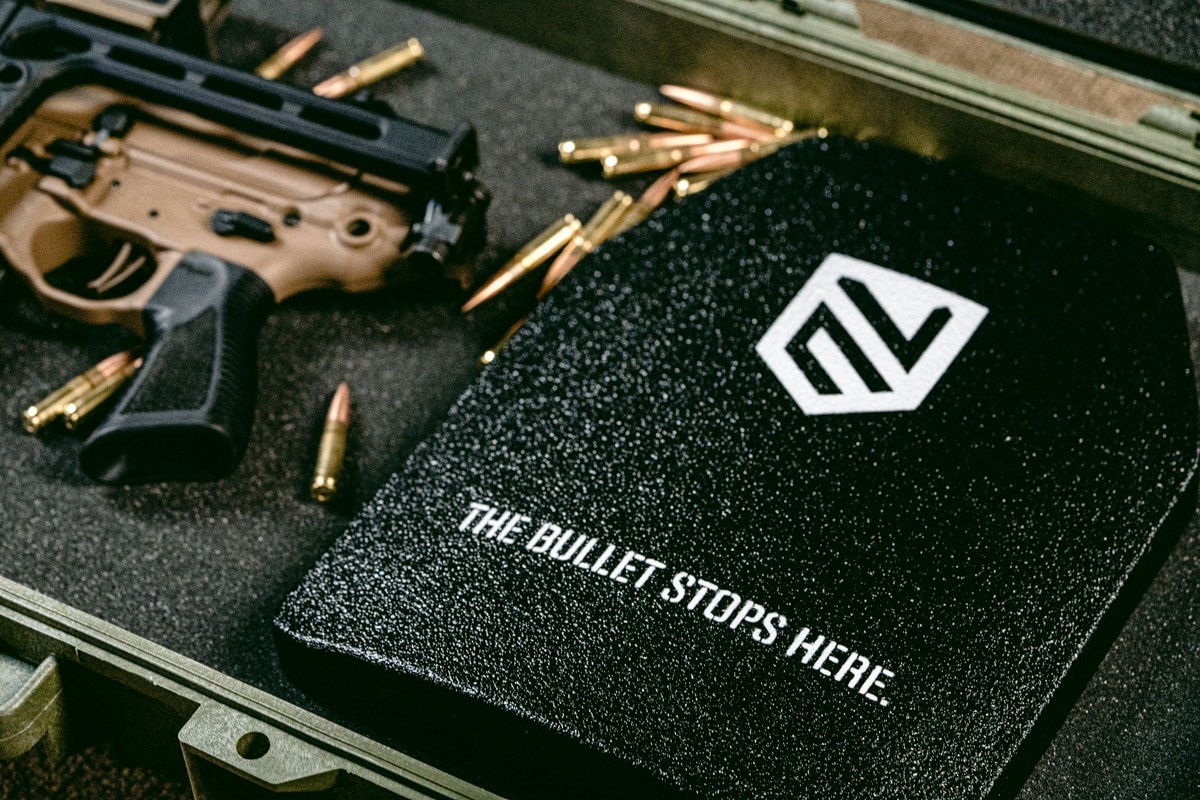
Level 3A
BODY ARMOR
KNOW MORE ABOUT 3A ARMOR PLATES
Level IIIA Protection
Bulletproof vests are used by police officers, first responders, law enforcement agents, security guards, and many others every day, and they save thousands of lives. There are many protection levels for bulletproof vests, which are set by the national institute of Justice.
Bulletproof vests usually use soft armor inserts, which are more comfortable than hard armor plates but offer less protection as well. The most common protection level used in bulletproof vests is level IIIA. It is the highest protection level for soft armor, and today we are going to tell you everything you need to know about it.
What does level IIIA armor stop?
Level IIIA body armor is designed to stop most common pistol calibers. The NIJ rates level IIIA armor to stop up to a .44 magnum or a .357 Sig FMJ Flat Nose. This means that it can stop various common pistol calibers like .380 ACP, 9mm, .40S&W, .45 ACP, and .357 magnum.
However, it may not stop some specific armor-piercing pistol calibers like 5.7x28mm, which isn’t a popular round in the US. large caliber pistol bullets like 50 AE from the desert eagle or 500 magnum may also penetrate soft level IIIA body armor.
Though any kind of armor, whether it is soft Aramid armor or hard PE plates, if they are level IIIA they aren’t officially rated to stop anything bigger than .44 magnum, still, some hard level IIIA plates may stop some bigger bullets.
What is the difference between level IIIA soft armor and level IIIA hard armor?
When it comes to body armor, there are two main types. Soft Armor and hard body armor plates. Soft body armor is made from Aramid fibers, for example, Aramid. These Aramid fibers are synthetically made and are extremely strong. Moreover, when they are tightly weaved, and stacked in multiple layers to support each other, their strength is increased significantly, and they can offer safety against pistol shots.
On the other hand, hard body armor plates are made from materials like steel and ceramics, most level III and level IV plates are made of these materials, whereas some new products are also made from UHMWPE. This super-lightweight material is only used to make NIJ level 3 and 3A armor, whereas some manufacturers also used it as a backing for level IV armor.
Level 3A armor is the only level that is available in both forms. You can also get bulletproof vests with level 3A body armor soft inserts, or you can opt for a UHMWPE level 3A plate.
As far as protection is concerned, it is important to comprehend that level 3A is a standard set by the NIJ, and both soft body armor and hard armor have to be tested and rated according to this standard. Therefore, an NIJ level 3A plate and soft body armor insert will offer the same level of protection.
Moreover, though armor plates are generally heavier than soft armor, a level 3A armor plate can be lighter. A typical level 3A bulletproof vest can weigh around 5-6 pounds, whereas level 3A plates, which are made of UHMWPE, can weigh about 1-1.5 pounds depending on the size of the plate. The AceLink Armor level IIIA plate weighs only 1.1 pounds, so with a front and backplate setup, you will still have more lightweight armor than a bulletproof vest. Additionally, a level 3A plate can ensure better multiple hit protection as well, however, they might not be as comfortable as soft body armor.
What is a level IIIA armor plate made of?
Level 3A armor plates offer many benefits over soft Aramid armor and are usually made from Ultra High Molecular Weight Polyethylene. They are constructed by bonding Unidirectional UHMWPE on a dense PE sheet and work in a very different way than other kinds of body armor.
A level 3A PE body armor plate uses the spin of the bullet and the heat generated from it to trap the bullets on its surface. As the fast-spinning bullet makes contact with the PE plate. The thermoplastic melts and traps the bullet as it cools down and becomes hard again.
Is level 3A body armor plate buoyant?
Yes, level 3A armor plates are buoyant, which means that they can float on water. One of the major problems with Aramid-based soft body armor is that it can get damaged by water, and eventually, as the Aramid fibers soak the water, it can drown and get really heavy as well. On the other hand, PE armor plates don’t absorb water and actually float on water, they aren’t damaged by moisture, and can last longer than Aramid armor.
The buoyancy of hard armor plates also comes in handy if you fall in water while wearing body armor. If you wear a bulletproof vest, it will get really heavy and weigh you down, and so will steel or ceramic plates, whereas if you wear PE plates, they will actually help you to some extent because of their natural buoyancy.
Can level 3A hard armor plate stop a rifle round?
In the US, protection levels are determined by the NIJ, and the 3A protection level is only rated for pistol calibers. Therefore, it doesn’t really matter whether your level 3A armor is made from soft aramid or hard PE, it will offer the wearer the same level of protection. So, in simple words, No, a level 3A armor plate can not protect against rifle rounds
That being said, level 3A hard body armor plates do have many benefits over soft armor inserts. They can last longer and can offer better multiple-hit capability. Hard plates are also more likely to protect against high-velocity pistol bullets like 5.7x28mm which are very fast-moving pistol rounds, shot out of the FN five-seven, the H&K MP7, and FN P90. Some other calibers like 7.62x25mm Tokarev are also good at penetrating armor, however, 3A plates also offer protection against them. Although level 3A plates might offer better protection against some larger calibers than a soft armor insert could handle, they are tested with the same calipers as a soft armor. level 3A armor is usually tested with .357 SIG rounds and .44 Magnum bullets.
Can level IIIA armor fit in a plate carrier?
Bulletproof vests have soft body armor inserts in them, which offer ballistic protection to the person wearing the vest, however, when it comes to hard armor plates, you need to have a plate carrier.
Plate carriers are designed to fit hard armor plates and are made according to different plate sizes. So, as long as the plate carrier is the same size as your armor plate, it doesn’t matter what its protection level is, it can replace the steel plates in your plate carrier.
Can you use Level IIIA protection in a backpack?
Tactical backpacks with armor inserts are a great way to carry wearable body armor with you in an inconspicuous manner. If your tactical backpack has a pocket for armor inserts, you can easily add both level IIIA soft body armor inserts and hard body armor plates to it.
It can also be legally worn in public to increase your survivability in case of a dangerous incident.
 go back
go back
YOUR SHOPPING CART
your cart is empty





